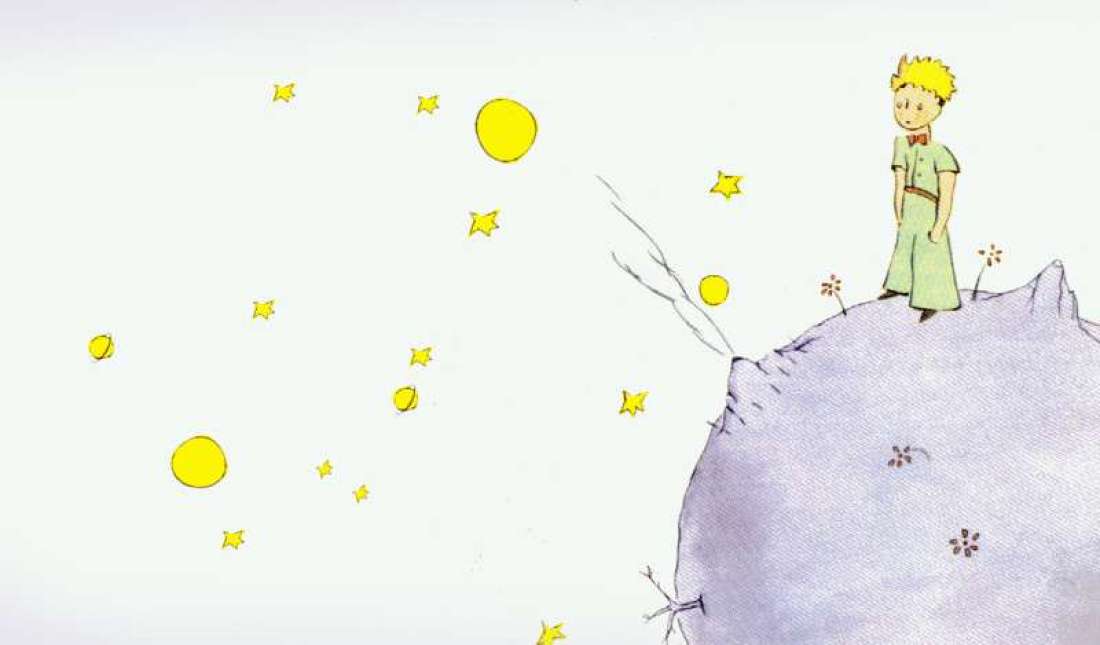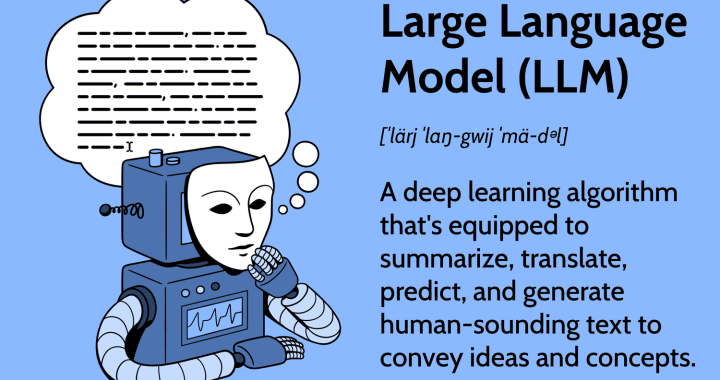“. . . come back to say goodbye to me, and I will make you a present of a secret.”
My uncle used to say, a bad lunch ruins your day. You go away hungry for not having eaten, angry for having spent the money, and, on top of that, you must wait until dinner to recoup.
Reading a bad book is similar. It might not ruin your day, but it’ll definitely leave you hungry and a little mad. Worse still, it will keep you from reading something else on your list.
This annoyance compounds when we consider what my buddy Juan put so cleverly in an essay once: that we only have x-number of weeks left in life, which caps us at x-number of books left to read before our eventual passing. And that’s only if you read one book a week for the rest of your life, exactly, with no rereading. But because some books will take longer than one week to read, and because some books merit rereading — the subject of this post — then the number of books we will read is less than x; it’s some weird w-number.
Nevertheless, few of us live according to the number of weeks left us in our lifetime. It is absolutely fine to reread, or slip away from power-reading, to drift into a pretty TV show, or to make that fun phone call to a friend.
What book do I reread? There is one.
The Little Prince, or as I learned it in Spanish, El principito, or in the original, Le Petit Prince. It was translated into 180 to 300 languages and dialects, depending on your source. Pretty crazy! And yet I still get the impression that not that many grownups have read the masterpiece, or remember it. Worrisome, when you recall the central message of the story.
I have Le Petit Prince socks, with the young boy grabbing on to a bunch of birds, floating through outer space. It’s a beautiful moment in the book. Yes, you should read a copy, in the language you prefer.
For now, if you’ll allow me, I should like to share with you what it means to me.
“All grown-ups were first children, but few of them remember it.”
The book opens with this dedicatory note, an overture of what is to come.
We learn of a not so young yet not too old pilot stranded in the Saharan desert. Completely stuck and with a lot of free time, he tells us of his life as a young boy. He used to like to draw, but was persuaded by adults to pursue a more useful career, say cartography or mathematics. He becomes a pilot. This career, as one might have guessed, lead the narrator nowhere, literally, as he is stuck and sure to perish.
Out of this nowhere, a young boy with a golden halo of hair appears.
“Draw me a sheep,” the young boy demands. The pilot doesn’t have time to register his own surprise, before the boy repeats the demand. “Draw me a sheep.”
The pilot puts away his thoughts of tools or repairs, and attempts to grant this young boy’s wish. Though the pilot hasn’t drawn in decades, he does the best he can.
But the boy doesn’t like the first sheep. Or the second. One is too sickly, the other too old. The boy explains that he needs a healthy sheep because the planet where he is from gets infested with baobab trees.
The pilot, to be honest a little fed up with the boy, his baobabs, and whatnot . . . yet, like us, he still wants to grant the young boy’s curious demand. So he draws, not a sheep, but a box.
“Your sheep is inside,” snaps the pilot.
The boy looks at the drawing of the box. And exclaims that’s perfect. The perfect sheep, though unseen, is inside.
Here is the major lesson I took away from the Little Prince, even at five years of age, when my father first read the story to me. This concept of the unseen repeats over and over in the book as it becomes one of the central themes of the story.
“And now here is my secret, a very simple secret:
It is only with the heart that one can see rightly . . .”
The opposite of the unseen, the outward appearances of things is given its due in the story, serving to emphasis the central idea. For example, soon after the sheep-in-a-box drawing, we learn about the youth’s planet. Really, it isn’t a planet, but an asteroid, named B612. The home of the Little Prince was originally discovered in 1909 by a Turkish astronomer. But because of his traditional Turkish dress, we hear, the discovery wasn’t noticed until eleven years later, when the Turkish astronomer started wearing a European tailored suit. Only then did the scientific world pay attention to the discovery of B612.
We see how adults concern themselves all too well with what’s before their eyes, not the essence of things.
A small but painful tragedy at home lead the youth to leave his asteroid (please, please, read the book!). Along his journey, he meets one adult after another who suffers from a various form of the same sickness: an absurd fixation on duty, accounting, rules, vanity, or other. None of the characters the Little Prince encounters seem to be interested in simple truth.
That is, until he crash lands on earth. On earth there are no humans, however, it’s all the desert. Only gardens, walls, talking flowers and animals. What strikes this young boy first about earth is that there is no one around. Encountering a snake, the boy asks:
“Ah! Then there are no people on the Earth?”
“This is the desert. There are no people in the desert. The Earth is large,” said the snake.
Men, we read and know, believe themselves to occupy so much space, but if the few billion of us crowded together like for a public address, then we would all fit on a small Pacific islet. Doubtless, the narrator points out, men would deny this fact. Unless you put it in figures, which men seem to love so much.
Oh!! And then there’s the talking fox, oh boy, the talking fox. He delivers life lesson after life lesson. “Tame me,” says the fox, for example, when the boy asks the fox to be his friend. But the fox explains that it must be tamed first. You wouldn’t just befriend anyone you meet, right? You have to build rapport, get to know the other, show yourself constant and reliable. Only then do animals, humans included, open up. Of course this takes time. And boy oh boy aren’t we all pressed for it? The fox doesn’t care, however, he is as insistent as the boy. He asks again to be tamed.
“I want to, very much,” the little prince replied. “But I have not much time. I have friends to discover, and a great many things to understand.”
“One only understands the things that one tames,” said the fox. “Men have no more time to understand anything. They buy things all ready made at the shops. But there is no shop anywhere where one can buy friendship, and so men have no friends any more. If you want a friend, tame me . . .”
So the prince agrees to tame the fox. After all, he does want a friend. But then he makes the mistake of coming around to see the fox at random times on random days. So the fox teaches the boy another lesson, this time about rites.
“What is a rite?” asked the little prince.
“Those also are actions too often neglected,” said the fox. “They are what make one day different from other days, one hour from other hours. There is a rite, for example, among my hunters. Every Thursday they dance with the village girls. So Thursday is a wonderful day for me! I can take a walk as far as the vineyards. But if the hunters danced at just any time, every day would be like every other day, and I should never have any vacation at all.”
If the boy comes at 4 pm every day, then by 3 pm the fox’s will begin to be happy. As each minute passes, his happiness with grow. Then by 4 pm he will already be worried and jumping around. He will show the boy just how happy he is when they meet.
All this, the boy is telling the pilot, remember? A union which must necessarily conclude, which will leave us all in tears joy.
What I can say is . . .
What the story means to me. Yes, my father read it to me, when I was five. Then I read it to my little cousin, when she was five. I’ll probably read it again myself another time this year. Then I’ll probably read it again and again and again to some special five year old or other, who knows. (My own children.)
Speaking of . . . I would read this book to Ela. (Hi, Ela.) Something I commented to her this week, as I was planning this post, was the deliberate use of the lessons in this book. For a few months now I have been writing her a note every night. Because she wakes up in a time-zone ahead of me, these notes are her good morning. A significant motivation for these, besides her wish for and pleasure from them, is this understanding of rites. A lesson from the fox.
Why we talk everyday at her evening hour and my break hour during the day, everyday, besides the pleasure from and the need for these daily talks, is this realization of taming a loved one. We both make each other comfortable and used to one another, learn about one another, absolutely enjoy every second, and so much so. Our love inflates those seconds into minutes into hours, and so on.
I can’t blink fast enough, it feels, before I see her tomorrow.
Gosh yes the earth is lonely at times, crowded at others. So many beautiful flowers, but which of them matter?
The one you spent time with, watered, talked to, love.
Love, meet at the train station, on the platform. If anything happens, I’ll fly in with a batch of birds. See you soon.




